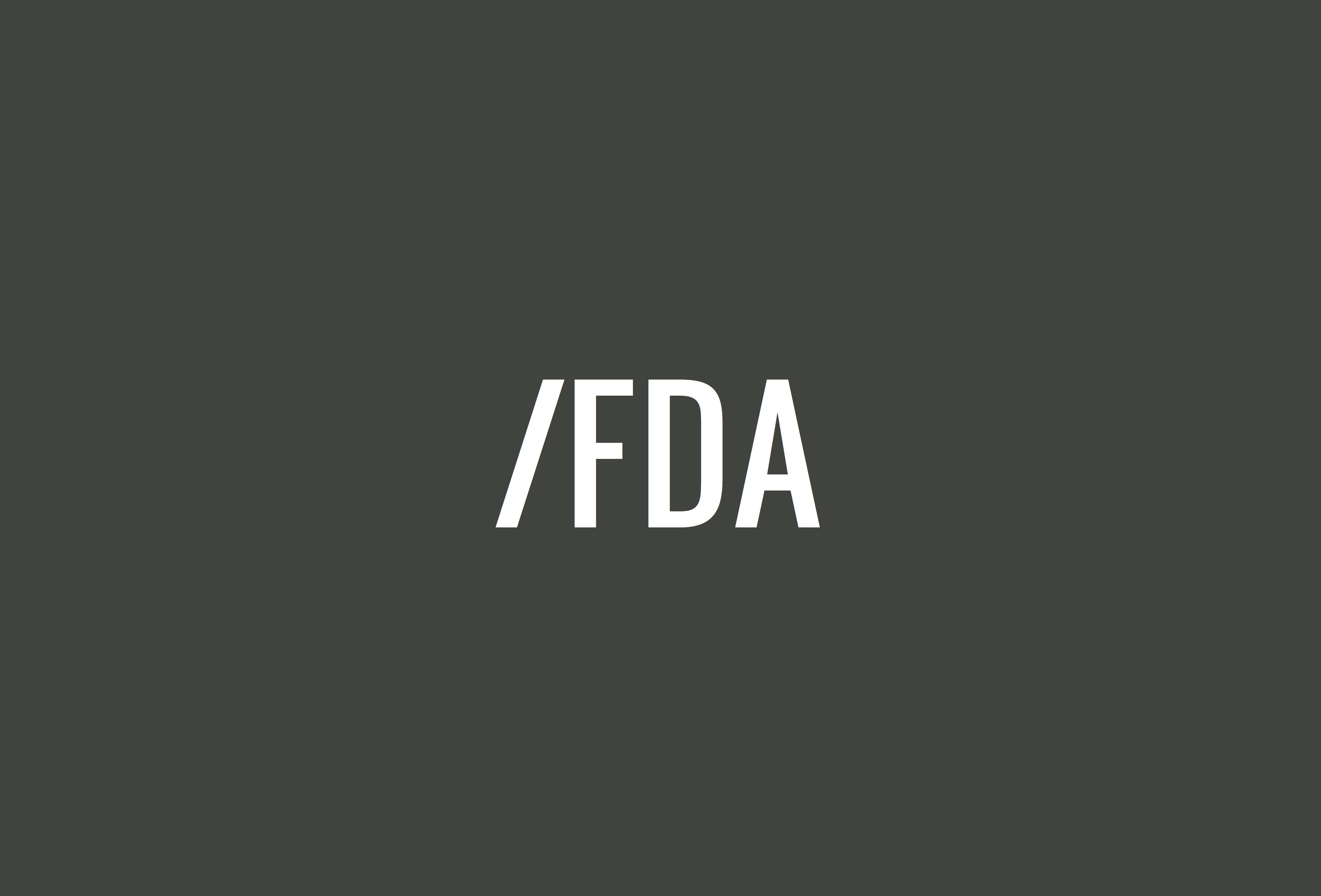Earlier today, the cigar industry’s lawsuit over FDA regulations entered a new courtroom.
The U.S. Court of Appeals for the District of Columbia Circuit heard arguments in Cigar Association of America, et al. v. United States Food and Drug Administration, et al. Only part of the lawsuit, specifically challenges to the FDA’s requirements for warning labels on cigar and pipe tobacco products is at stake in this appeal.
Judges Merrick E. Garland, Gregory E. Katsas and A. Raymond Randolph heard arguments from Michael Edney, representing the plaintiffs, and Lindsey Powell, representing the Department of Justice.
“This part of the Cigar Association case is about the size of the warnings not the content, the content is being challenged below, but in this posture the only issue is the size,” said Edney.
Up for debate is whether the FDA’s planned warning labels—one of five rotating messages that are required to take up 30 percent of two parts of a cigar box and 20 percent of an advertisement—are constitutional. This appeal was spun out of the case brought by the CAA, Cigar Rights of America and the Premium Cigar Association, formerly IPCPR, as well as a similar lawsuit Edney argued in Texas.
Last May, a federal court in Washington, D.C. ruled in favor of FDA, though acknowledged that the case was going to be appealed and that at least some of the issues at stake would be better left for the appeals court. In July 2018, that same court ruled that FDA’s warning label requirements for cigars and pipes would be delayed until at least 60 days after the appeal had been decided.
Without that ruling, warning labels would have been required on cigars and pipe tobacco beginning last August. Of note, other products subject to the deeming regulations like e-cigarettes are not included in the delay and as such are required to adhere to the warning labels.
Much of Edney’s argument centered around whether the FDA proved that an existing warning label requirement, one created by the Federal Trade Commission (FTC) and already in place with as much as 80 percent of cigars sold today, is insufficient. He argued that the court should force FDA to abandon its current rule and start the process over again, specifically evaluating whether the FTC labels are sufficient, something it did not do the first time.
In 2001, a variety of cigar companies—both premium cigar and mass market cigar companies—agreed to place smaller warning labels on their products as part of an agreement with FTC. The plaintiffs have argued that FDA did not study whether these were effective or whether the larger 30 percent warnings would deter any additional people from smoking cigars.
There is a long history of evidence that suggests that text-based warning labels are not effective when it comes to deterring people to smoke.
The 30 percent warning labels are the result of the World Health Organization’s Framework Convention on Tobacco Control, a treaty U.S. signed but did not ratify. Judge. Randolph seemed particularly skeptical of the government’s use of an unratified treaty as the basis for U.S. law, asking Powell whether any of the other signatories of the treaty are countries with a first amendment; she said she did not know.
Powell has not represented the government in this case before and at times it showed. She likely misspoke at least twice. First, she indicated that FDA had defined advertising, something the agency has not done, though it’s provided a long list of things it might consider advertising. Second, at one point Powell seemed to indicate that single cigars could have warning labels affixed to their cellophane, something that FDA has said is unnecessary.
Her strongest arguments seemed to be centered around radio ads, which would require a warning message. The judges pressed her on whether the number of words of a warning message—12—would deter companies from buying radio ads in the future. She argued that pharmaceutical companies are required to use much longer warning messages and they continue to buy ads.
The audio of the proceedings is below.


